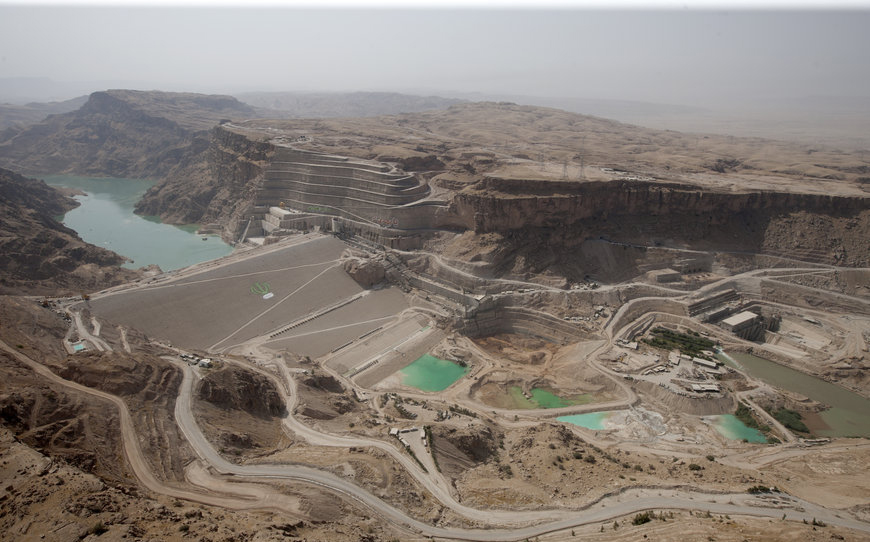Authorities may have managed to devise a solution to the environmental catastrophe that is the Gotvand Dam in Khuzestan Province, but the plan costs 12 trillion rials ($348 million).
Construction of the dam began in 2011, but the structure was built on salt beds that make the water in the reservoir too salty to use: the planning phase failed to detect that the geology would not permit the storage of water suitable for irrigation.
The Iran Water and Power Resources Company, which led the dam’s construction, claims the Department of Environment approved Gotvand’s construction. But the DOE accuses the company of failure to disclose the presence of salt beds in their project proposal and subsequent environmental assessment.
According to Aftab news website, the solution calls for releasing the water in the dam’s reservoir into salt evaporation ponds; shallow artificial ponds designed to extract salt from brine. The brine is fed into large ponds and water is drawn out through natural evaporation which allows the salt to be subsequently harvested.
“Once we complete our studies in about a year, the DOE has to review and approve the plan before it comes into effect,” Rahim Meydani, deputy for water affairs at the Energy Ministry, was quoted as saying.
Environmental officials say the dam contributed to the death of 400,000 palm trees in Arvandkenar in 2014, due to exponential increase in the salinity of the key Karoun River, which has made the already harsh environment unbearable for palm trees.
The damage has severe implications on Iran’s agriculture and economy because 40% of Iran’s exported dates are produced in this southern province.
The dam on Karoun River was constructed amid widespread protest from environmentalists and scientists who warned that the harm of the dam outweighs its purported advantages, which have proved to be non-existent since the dam’s water is unusable.
In addition to wiping out palm trees and increasing salinity of the Karoun, evidence shows that the dam has also taken a toll on the province’s wetlands and contributed generously to the desertification crisis, which in turn is gradually displacing large numbers of rural residents and pushing them into major cities like Abadan and Ahvaz, which cannot cope with the influx.


